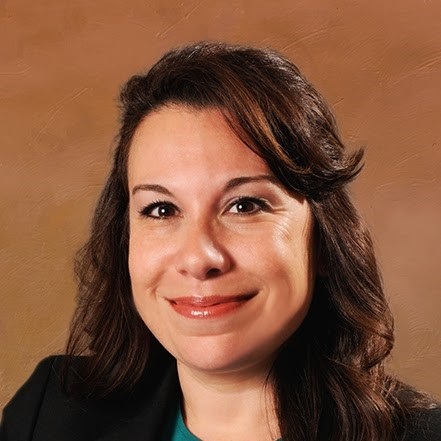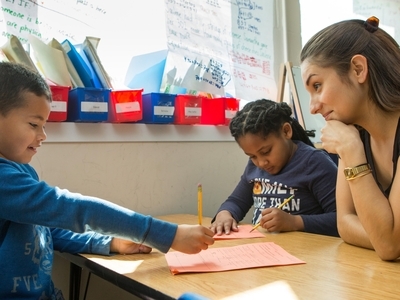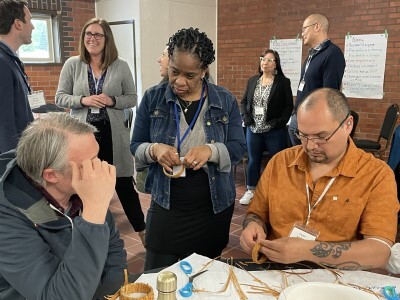Learning from the Wider World: School Districts and Community Partnerships
Topics
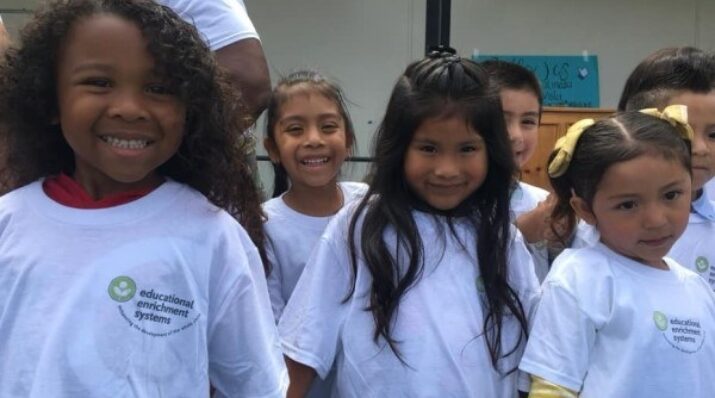
Next generation learning is all about everyone in the system—from students through teachers to policymakers—taking charge of their own learning, development, and work. That doesn’t happen by forcing change through mandates and compliance. It happens by creating the environment and the equity of opportunity for everyone in the system to do their best possible work.
Partnerships offer schools and districts the gift of a broader lens—of what is happening in the world, in the nation, and in the workforce that our students will enter.
At Vista Unified School District (VUSD), “relevance” has been the rallying cry since we started a districtwide transformation to personalize student learning for lifelong success. According to our superintendent Matt Doyle, making learning relevant has necessitated changes in both practice and mindset. Educators, he argues, need to “see learning as a lifelong, continuous, dynamic process that directly aligns with the strengths of the learner and is relevant to the changing world around them.”
To prepare young people to thrive in a time of accelerating change, Vista Unified works to break down the barriers between schools and the wider world, starting with the adults in the system. Modeling the kind of curiosity and growth mindsets we hope to instill in students, our educators seek out and build relationships with experts and leaders in education, equity, transformational change, and business and industry.
Experts and Thought Partners
On our learning transformation journey, we have partnered with experts in personalized learning (PL) and teacher professional learning, such as Allison Zmuda, Bena Kallick, and Heidi Hayes Jacobs. For over five years, as Matt recalls, consultants like these have supported district schools to define PL for themselves and redesign teaching and learning accordingly.
Partnerships with higher education have been another important source of support, the nine-year relationship with the University of California, San Diego (UCSD) in particular. As just one example, Alan Daly, a professor and director in UCSD’s department of education studies and author of Social Network Theory and Educational Change, provides professional learning and coaching to district principals on building social capital and a culture of trust where innovation can flourish.
Amanda Datnow, also a professor in UCSD’s department of education studies and associate dean in the division of social sciences, currently co-chairs the Superintendent’s Council for Innovative Learning with me. Especially during the pandemic, our district leaders relied on the global perspective of experts like Amanda as we responded to the teaching and learning challenges we faced. For example, Amanda would give a presentation on what was happening during the pandemic in Switzerland and the Netherlands and China, challenging us to look throughout the world to see what was possible with transformation and innovative practices.
Similarly, Amy Zilk, the principal of Roosevelt Middle School, co-chaired the Superintendent’s Council for Equity and Anti Racism with Francesca Lopez, a professor of education at Penn State. “At each council meeting, we learned and grew together on different topics,” Amy explains. “We looked at district policies and talked about biases. For example, I would present our data around discipline, and Dr. Lopez brought in that research lens and a national perspective.”
National and International Organizations
In addition to thought partners from higher education, we were inspired to transform education by what we were hearing from organizations across the world. Reports from the World Economic Forum, the National Network of Business and Industry Associations, and the Organisation for Economic Co-operation and Development (OECD) about the changing employment landscape prompted us to rethink how we defined student success. Across the board, these organizations were spotlighting competencies like communication, critical thinking, collaboration, and cognitive flexibility.
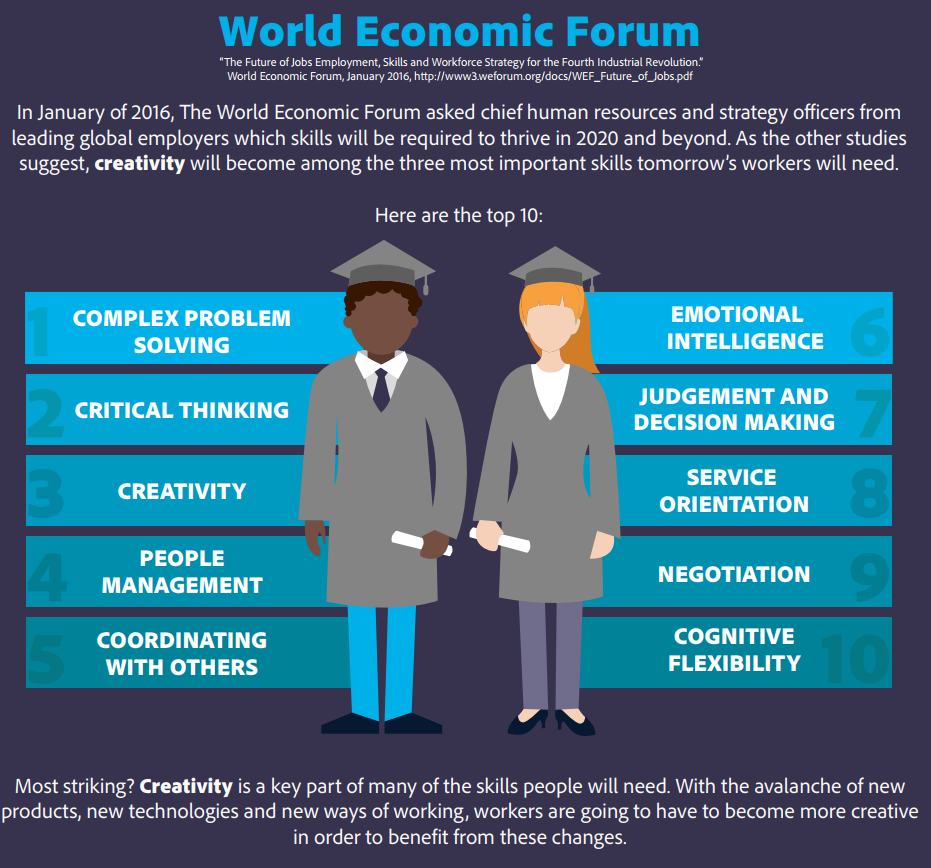
As we formed partnerships with organizations like the OECD, it spurred us to look beyond our data and consider whether or not learners were prepared based on what the world or the nation or our area were expecting of our students when they entered the workforce. When we looked beyond narrow definitions of success, like test scores, that’s when we realized you can be really successful as a student in a traditional school and still not feel prepared for the world.
For Matt, these partnerships led him to view the purpose of education as “creating the conditions for learners to discover their strengths and interests, and then, through the active support of teachers, develop these into talents that have direct application to the contemporary world of work.” To put these new mindsets into practice, our district has incorporated “talent development” into our mandate to personalize learning, and as Matt explains, we are “reimagin[ing] our school system as a superhighway that is a network of career development pathways.”
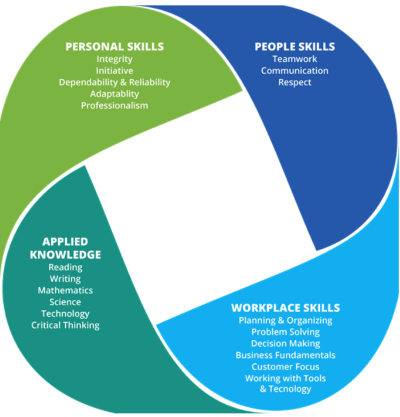
This graphic presents highlights of what VUSD learned about preparing students for the future of work by engaging with experts and stakeholders from business and industry.
Building a Career Superhighway
To realize this vision of education as a personalized pathway for lifelong learning and success in the workplace, the International Center for Educational Research and Practice (iCERP), an organization led by Matt and housed at VUSD, has been building a Career Superhighway that spans all subjects and grade levels. According to Matt, the superhighway is “a metaphor for creating an uninterrupted career development pathway for students to discover their strengths and interests and transform these into talent capital that aligns to the demands of the global marketplace.”
Matt explains, “As with any complex project, the design process is intended to be inclusive of a variety of stakeholders so that the vision and design of the project represents the aspirations and interests of the people who will operationalize them: students, teachers, community leaders, and business leaders.”
Building a talent pipeline is a communitywide endeavor, and Vista Unified serves as a partner by engaging with San Diego Workforce Partnership (Matt is a member), the Vista Chamber of Commerce, local businesses like Solatube International, and national businesses with a local presence, such as Walmart Labs and Microsoft.
I co-led this work when I was principal of Mission Vista High School (MVHS) alongside Eric Chagala, the principal at Vista Innovation & Design Academy (VIDA). School and district leaders met monthly with San Diego Workforce Partnership to track the region’s career trends and available internships in key industry sectors, as well as to explore ways to communicate about the future of work to learners and their families. As a moderator of empathy panels with members of the business community, I remember listening deeply as industry leaders described what skills, mindsets, and capabilities a VUSD graduate really needs.
Talent Cities
Another way VUSD engages stakeholders from business and industry is through Talent Cities, a pre-COVID partnership between the district, New Learning Ventures, the Vista Chamber of Commerce, and local businesses. The goal is to expand young people’s vision of themselves in the world of work. In contrast with career pathway programs geared toward high school students, Talent Cities brings middle school learners into the workplace, where they can speak to employers and employees and see for themselves what it takes to be successful. In addition, students engage in self-exploration activities and assessments, conduct research into priority industry sectors, and develop the background knowledge to make the most of their field experiences. As partners and stakeholders, local businesses can help shape what young people are learning and experiencing, as well as gather valuable analytics about their future talent pool.
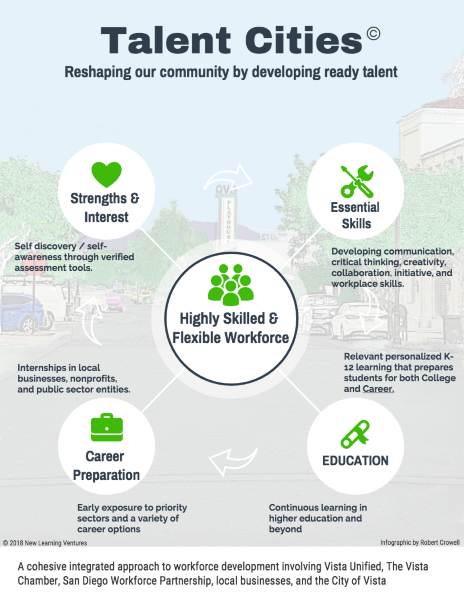
Impacts of COVID
The pandemic has paused or curtailed some partnership-based activities, like internships and field experiences for learners and in-person learning excursions for adults. However, partnerships with external stakeholders remains a priority, and district leaders are exploring ways to adapt, such as by using technology.
For example, senior Olivia Song, who is pursuing a biomedical pathway at MVHS, describes ways her school is connecting her with experts via technology. “We get to learn about different careers from professionals by having webinars and presentations from them. We’ve done [virtual] ones with an audiologist and a genetic counselor. It’s nice to get that insight into medicine, which has helped me solidify my path.”
Another pivot is how the district is continuing its long tradition of hosting learning excursions, such as those NGLC has organized since 2014 for educators in their national network to visit district schools. Because traveling safely was a challenge, VUSD and NGLC, with funding from the Barr Foundation, co-created a Virtual Learning Excursion made up of multimedia content, like this story among others and podcasts, along with synchronous, web-based panels and presentations led by various members of our district’s learning community.
We made this pivot because these visits move our work forward. Telling our story over and over strengthens our brand identity and our work. And it also validates. I didn’t realize before the gift it would give to teachers, how validated and supported they feel from learning excursions.
Building and maintaining social and professional networks with external stakeholders takes effort. However, this work is essential if the goal is to make learning relevant to learners and their lives. Sometimes transformation can be very emotional and very personal, and with thought partners we are able to have this very objective person to provide an alternative viewpoint, to push back lovingly on some of our ideas or the ways we’ve always done it, address any fears that we have, and always challenge us to think bigger.
I think it’s really easy in a district or a school to become siloed in your work, to just be stuck within it when you make decisions. But you can’t transform without looking out. The biggest gift that any partnership gave us, whether it was San Diego Workforce Partnership or colleges and universities, or NGLC, was the gift of a broader lens—what is happening in the world, in the nation, with our workforce, and with the environment that our students will enter.
Learn More
Explore how Vista Unified engages with other stakeholders—students and families—to advance learning and student success.
- Students as Stakeholders and Co-Designers - In many ways, students are seen as primary stakeholders in Vista Unified School District’s work to transform learning for equity and lifelong success.
- Partnering with Families for Learner Success and Wellbeing - Vista Unified helps families through school, one student at a time. They attribute their success to love and care and, simply, relationships above all.
Explore how educators are applying what they are learning from community partners in the academic program at Mission Vista High School, one of the district’s high schools.
- Personalized Learning - in English/Language Arts, Social Science, Photography, and Math
- Learner-Centered Assessment - Senior Capstones, Grading for Competency
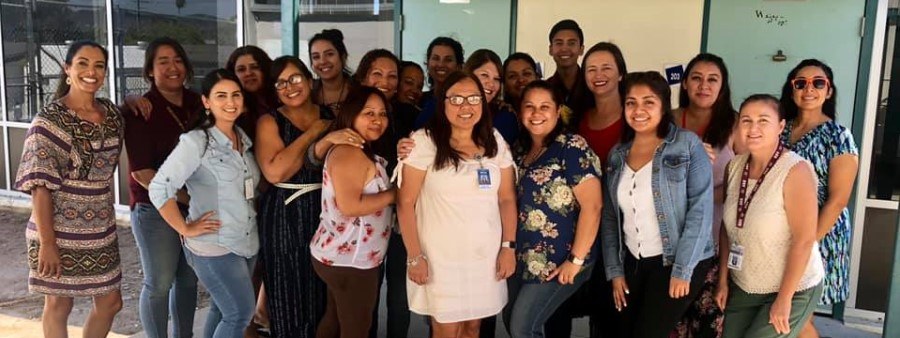
This article is an excerpt from the NGLC publication, A Wide and Inclusive Network: Stakeholder Engagement at Vista Unified School District.
Photos courtesy of Vista Unified School District.

